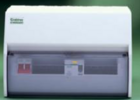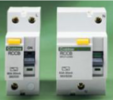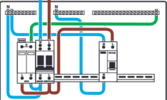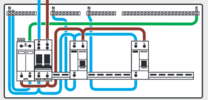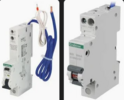What is the difference between a Crabtree RCCB 363/S030 and a Crabtree 363/030 (other than their size)?
Having done some reading it appears my consumer unit contains 2x bus bars, the circuits on the first bar are protected by the S030 and the circuits on the second bar are protected by the 030. What makes the 2x RCCBs different? What is different between "main incoming applications" and "split load applications" in the paragraph above?
Note: here's a photo of my consumer unit:
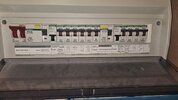
Thanks in advance
Source
Starbreaker RCCBs are specifically for use in conjunction the Starbreaker plug-in
busbar system. The three module wide devices have two pin connections and are
related to split load applications. The two module wide devices have a single pin
connection and are related to main incoming applications.
Having done some reading it appears my consumer unit contains 2x bus bars, the circuits on the first bar are protected by the S030 and the circuits on the second bar are protected by the 030. What makes the 2x RCCBs different? What is different between "main incoming applications" and "split load applications" in the paragraph above?
Note: here's a photo of my consumer unit:

Thanks in advance


